The R107 560SL is not the best model in the series
In recent years a nice 560SL is going for 3-4x the price of other R107s. They have always been the most valuable of the series, but are they worth the extra money? I would argue they are not event he the best model of the series. They might be the newest, and have the largest engine, but that doesn’t make them the best.
The 560SL was sold between 1986 and 1989 in the third ‘series’ of the model. It was a model only sold in the USA, Australia and Japan, primarily because the emissions regulations of these countries had taken too much of a toll on the smaller engined cars. However, by the third series, the R107 was showing its age. Like other cars such as the De Tomaso Pantera and the Lamborghini Countach, Mercedes-Benz felt they needed to ‘tart up’ the car for the late 80s. This included things like a new front spoiler, in later years a boot mounted rear brake light. Adding to the rear spoiler that appeared in the early 80s, it was all too much. By the late 80s, the R107 had started looking like an actor/actress with too many facelifts.
In my view, the pick of the range was the 500SL from 1980-1989, especially with the rear spoiler delete option. it is still close to the purity of the original design and actually has the most powerful engine. This doesn’t make the 560SL a bad car by any means. It’s just not the best of the series and not worth today’s price premium. It would seem I am not the only person who thinks this way.
The table below shows when the models were offered and which ones were officially imported to Australia. All models were made in right hand drive, and there are plenty of private imports about. It should be noted that much of what is available on the Internet concerns USA models which were very different to their ‘rest of world’ counterparts.
Private imports are not worse, but it can be harder to trace history from before they are imported. In addition, it’s not always consistent what was done to comply them with Australian regulations.
The R107 was sold from between 1971 and 1989 and it had multiple revisions over the years. I think of it as 3.5 different series, even though Mercedes-Benz don’t refer to them as such. All the models have their pros and cons, so lets take a look at them:
Series 1: 1971-1975 (280SL, 350SL, 450SL)
These cars are likely to be the closest to a simple roadster. Its common to see cars with few options such as power windows, A/C and so on. Early cars probably won’t even have headrests. At least in Australia, they do not have any emissions gear, so retain their full power potential. They run Bosch D-Jet fuel injection which was a very advanced system at the time, but needs to be worked on my an expert and some parts can be quite expensive now.
The very early 350SLs from 1971/72 have the old 4 speed transmission from the W108, which isn’t as strong as the later 3 speed unit but better suited to the 350 engine.
These cars are probably best as a weekend cruiser with their pure looks and full power, but the D-Jet injection can require special attention.
The the same time, Mercedes-Benz offered a coupe derivative, the SLC model with the same mechanical specifications as the roadster.
Series 1.5: 1976-1980 (280SL, 350SL, 450SL)
The main difference from the 1971-75 models is the D-Jet fuel injection was replaced by Bosch K-Jet (CIS) mechanical fuel injection. The CIS system is simpler than D-Jet, parts are cheaper and most mechanics can service it. In European markets, the CIS engines were only slightly less powerful.
In Australia the changeover almost coincided with the introduction of the misguided ADR27A pollution requirements. These laws were based on California standards and had not been well thought through. They focused on percentages of pollutants at idle that could be defeated by an extra air pump, and forced low compression ratios and retarded ignition timing. Most owners simply removed the belt from the air pump. The retarded ignition meant fuel consumption was up by 10% burning more carbon dioxide than before. The 450SL went from 165KW to 147KW for example.
The later series 1 cars tend to have more options fitted such as A/C and power windows than the early cars and can make very good buys. They are not as fast as the later cars, but generally much cheaper. The iron block v8’s and 3 speed transmissions are particularly bullet proof if the timing chain is taken care of. As with all cars of this era, rust is the main problem, although not unique to this series.
The SLC models continued to be offered throughout this series.
Series 2: 1980-1985 (280SL, 380SL, 500SL)
In 1980 the 107’s had a major overhaul bringing them more into line with the W126 S class models. The 280SL M110 engine continued as-is but the V8’s were increased in capacity and now featured a light alloy block and new four speed transmissions for significant performance improvements. New options such as ABS brakes were also available. The drivetrains are still extremely robust. The alloy engines are much more expensive to rebuild and require specialist skills not needed for the iron block engines.
The 380SL has developed a poor reputation online due to the USA and Japan models having a single row timing chain that was prone to break. While this chain was only for USA and Japan models, that hasn’t stopped internet myths running wild.
As mentioned above, in my mind the 500SL is the pick of the whole model range. The run up in prices has started impacting the 1980-1985 models, but they are still much better value than the final models.
The SLC was offered until 1981 and then discontinued, to be replaced by C126.
Series 3: 1986-1989 (300SL, 420SL, 500SL, 560SL)
The changes for the final series were quite comprehensive and aimed to keep the R107 competitive while the R129 was finalized. There were suspension and braking changes, and improvements to the interior appointments. The wheel size went up to 15″ and the ‘manhole cover’ style wheels were popular. They are much easier to keep clean, so are a popular retrofit to earlier models. The V8 engines are basically the same, with slightly increased capacity and revised fuel injection (KE Jet instead of K Jet). The 560SL is essentially a 500 with a longer stroke, but detuned for emissions. The 300SL has the new M103 engine from the W124. This engine is much more forgiving with emissions requirements than the old M110.
On the downside, this series had more done in terms of front spoilers, boot mounted rear brake lights and so on. In some ways they are the pick of the bunch if price is not a factor. In my opinion they are only slightly better than the cars that precede them.
The 560SL was made for low emissions markets, so it actually has less power than the 500SL. The 420SL was not very popular and is the rarest of the model line up.

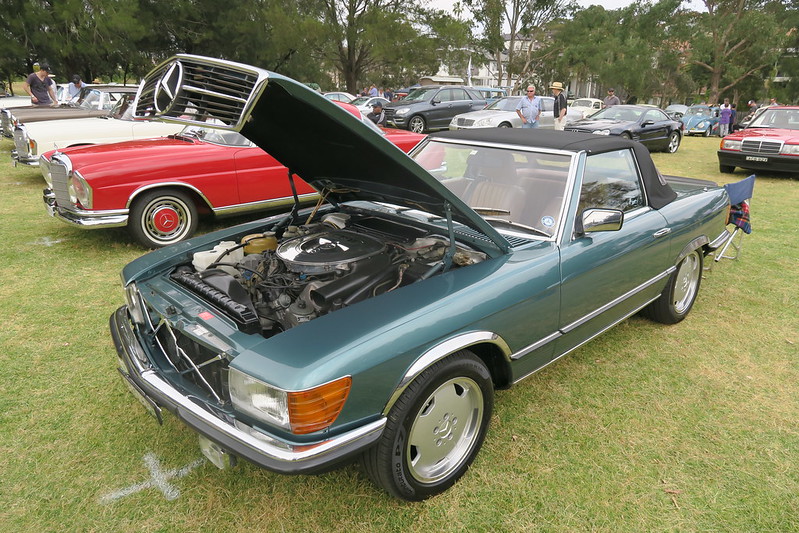
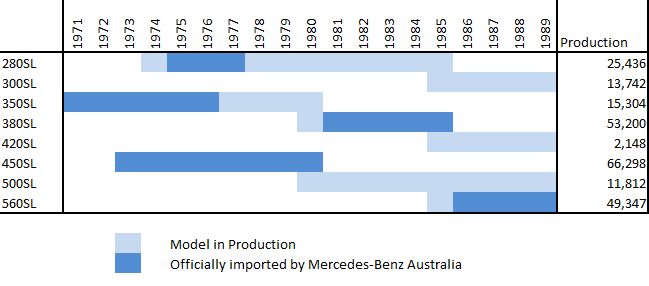

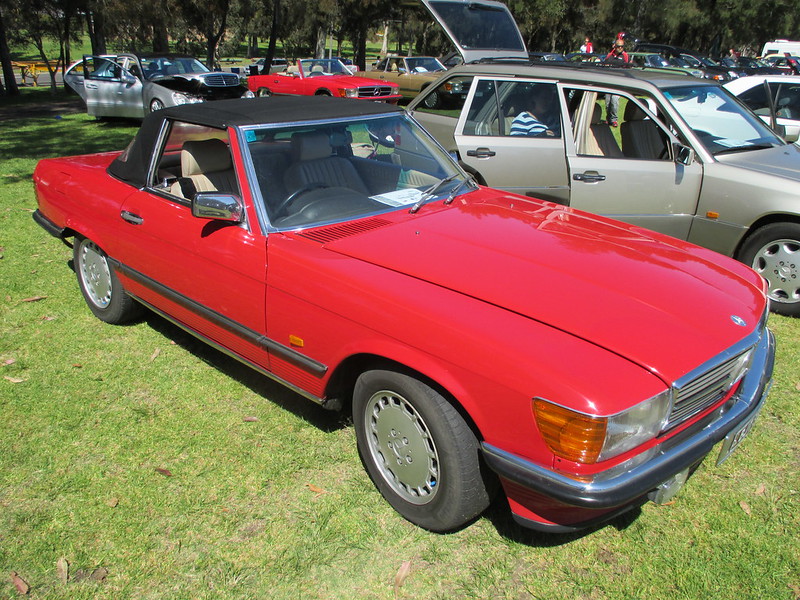

















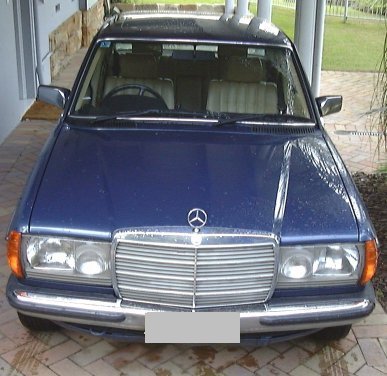
















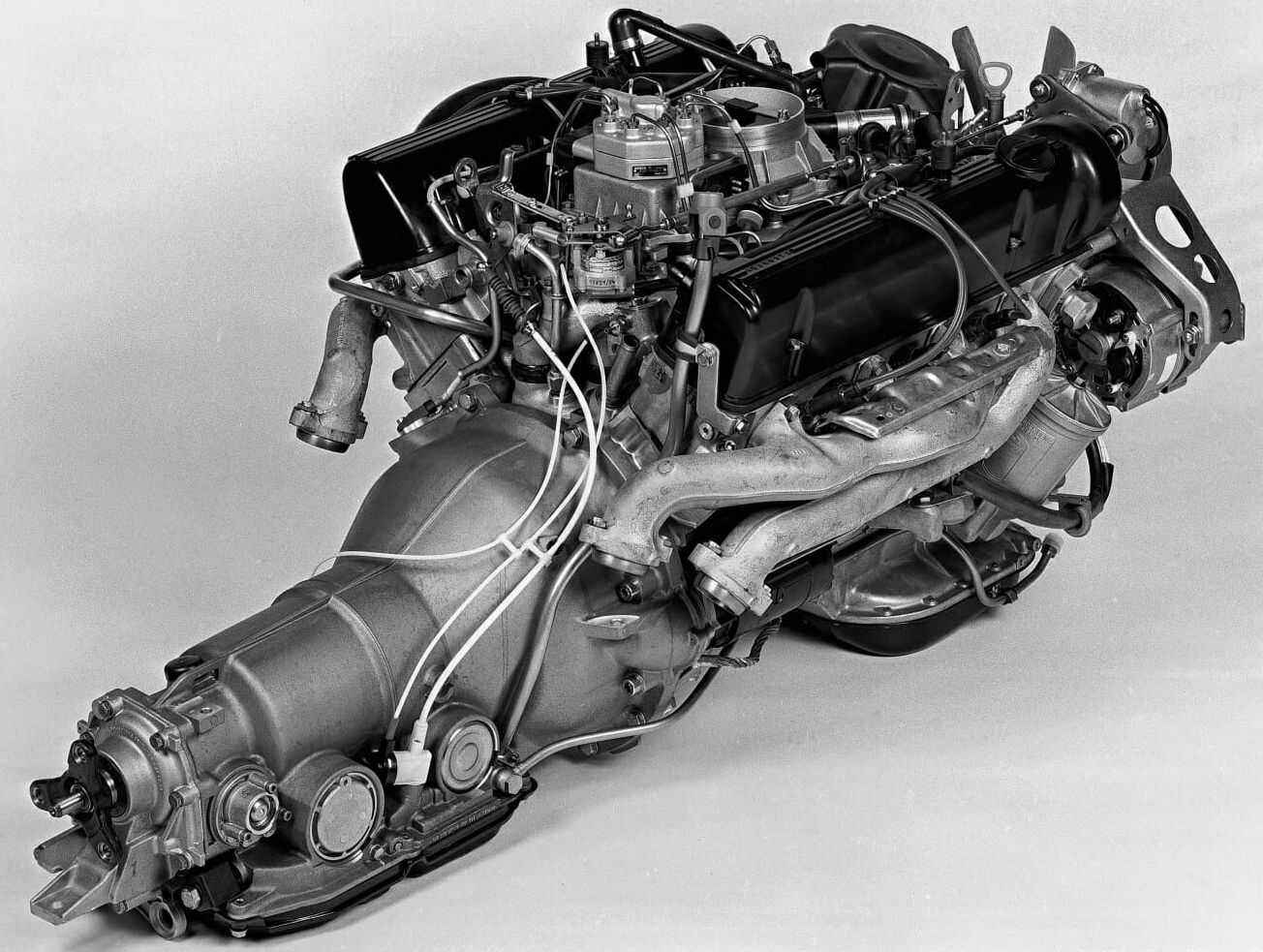























I live in the U.S. I love my 280 SL Euro. Has the Euro Bumper. Prices are not out of line for a well cared for unit here in the states.
The 280SL R107 is a great car, and many of them had 1st gear start unlike the other 280s.